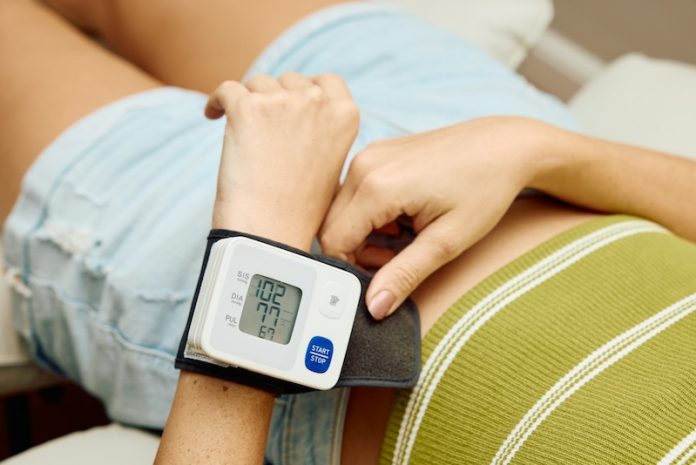
Traditionally, blood pressure checks are conducted with the individual sitting down, while a doctor uses an arm cuff to measure the pressure.
However, recent research suggests that measuring blood pressure while lying flat could offer important insights into the risk of heart-related problems, such as strokes or heart attacks.
This surprising finding has sparked discussions among doctors and scientists about whether the current method of testing should be reconsidered in the future.
Why Blood Pressure Checks Matter
Blood pressure checks are a crucial part of monitoring heart health. High blood pressure, also known as hypertension, can lead to serious conditions like heart attacks and strokes.
When doctors measure blood pressure, they look at two numbers: the systolic pressure, which is the pressure when the heart beats, and the diastolic pressure, which is the pressure when the heart is at rest.
While 24-hour blood pressure monitoring is considered the most accurate method, it is often impractical because it involves wearing an uncomfortable cuff continuously. As a result, the seated blood pressure test remains the standard in most medical settings.
New Insights from Recent Research
A recent study involving over 11,000 participants has challenged the traditional approach to blood pressure testing.
The researchers measured participants’ blood pressure both while sitting and lying down. They then categorized the participants into four groups based on their blood pressure readings:
- Normal blood pressure in both sitting and lying positions.
- High blood pressure only when sitting.
- High blood pressure only when lying down.
- High blood pressure in both sitting and lying positions.
The study revealed that those with normal blood pressure in both positions had the lowest risk of heart-related problems. On the other hand, participants who had high blood pressure in both positions faced a significantly higher risk of heart issues.
Interestingly, individuals who had high blood pressure only when lying down were found to have nearly the same risk of heart problems as those with high blood pressure in both positions.
This group was more likely to experience heart-related issues and had a higher risk of death from these problems compared to those with normal blood pressure.
What This Means for Blood Pressure Testing
These findings suggest that lying down during blood pressure checks might reveal risks that are not apparent when measuring blood pressure while sitting.
For some people, their blood pressure may appear normal when sitting, but could rise to dangerous levels when lying down, indicating a hidden risk of heart problems.
Despite these intriguing results, experts agree that more research is needed before making any changes to standard blood pressure testing practices.
One important consideration is that the participants in the study were lying down for about 20 minutes before their blood pressure was measured, which is longer than the time typically allowed in a doctor’s office.
Therefore, the conventional method of sitting blood pressure tests remains the standard practice for now.
Looking Ahead
While the traditional seated blood pressure test will continue to be the norm, this research opens the door to the possibility that lying down could provide a more accurate assessment of heart health in some cases.
It may help identify individuals who are at risk but unaware of their condition, leading to earlier and more effective treatment. Conversely, it might also suggest that some people currently being treated for high blood pressure may not need as aggressive a treatment as previously thought.
In conclusion, this study highlights the need for continued research into the most effective methods of blood pressure testing.
As our understanding of heart health evolves, so too might the ways in which we monitor and manage it. For now, however, the seated blood pressure test remains a valuable tool in assessing and managing the risk of heart disease.
If you care about blood pressure, please read studies that black licorice could cause dangerous high blood pressure, and this common plant nutrient could help reduce high blood pressure.
For more information about blood pressure, please see recent studies about how coffee influence your risk of high blood pressure, and results showing this olive oil could reduce blood pressure in healthy people.
Copyright © 2024 Knowridge Science Report. All rights reserved.



